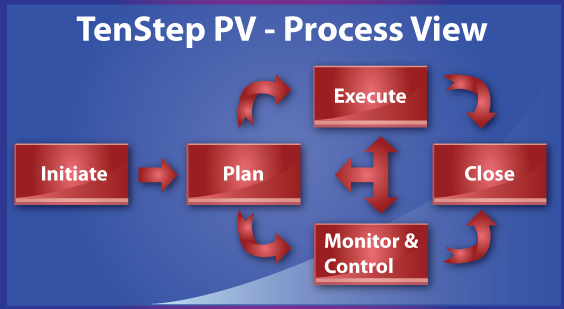
(3.0P.P1)
After the project has been planned it is time to begin executing the project lifecycle. At this point, the project manager integrates two groups of project management processes. Some of these processes are classified as “executing” and some are classified as “monitor and control”. This section focuses on the “executing” project management processes.
The executing project management processes are carried out proactively by the project manager. For instance, managing issues is a proactive project management process. There is no baseline for issues. When an issue arises, the project manager needs to address it through issues management. The processes for acquiring, developing and managing a project team are executing project management processes. There are no baselines in these areas. The project manager must do this work proactively. Quality assurance (QA) is also an example of an executing project management process. Quality Assurance ensures that the project has good quality processes in place. There is no baseline, and this work must be done ahead of time and proactively – not in reaction to some event.
All of this “executing” project management work ends up in the schedule. Having the work in the schedule ensures that it gets done and ensures that the executing work is all appropriately integrated.
The following processes and techniques are a part of the executing process group.
-
3.0.1P Direct and Manage Project Execution
-
3.1P Manage Issues / Process
-
3.1T Manage Issues / Techniques
-
-
3.2P Manage Communication
-
3.3P Acquire, Develop and Manage Project Team
-
3.3T Acquire, Develop and Manage Project Team / Techniques
-
-
3.4P Perform Quality Assurance
-
3.4T Perform Quality Assurance / Techniques
-
-
3.5P Manage Metrics
-
3.6P Conduct Procurements
-
3.7P Manage Stakeholder Engagement
